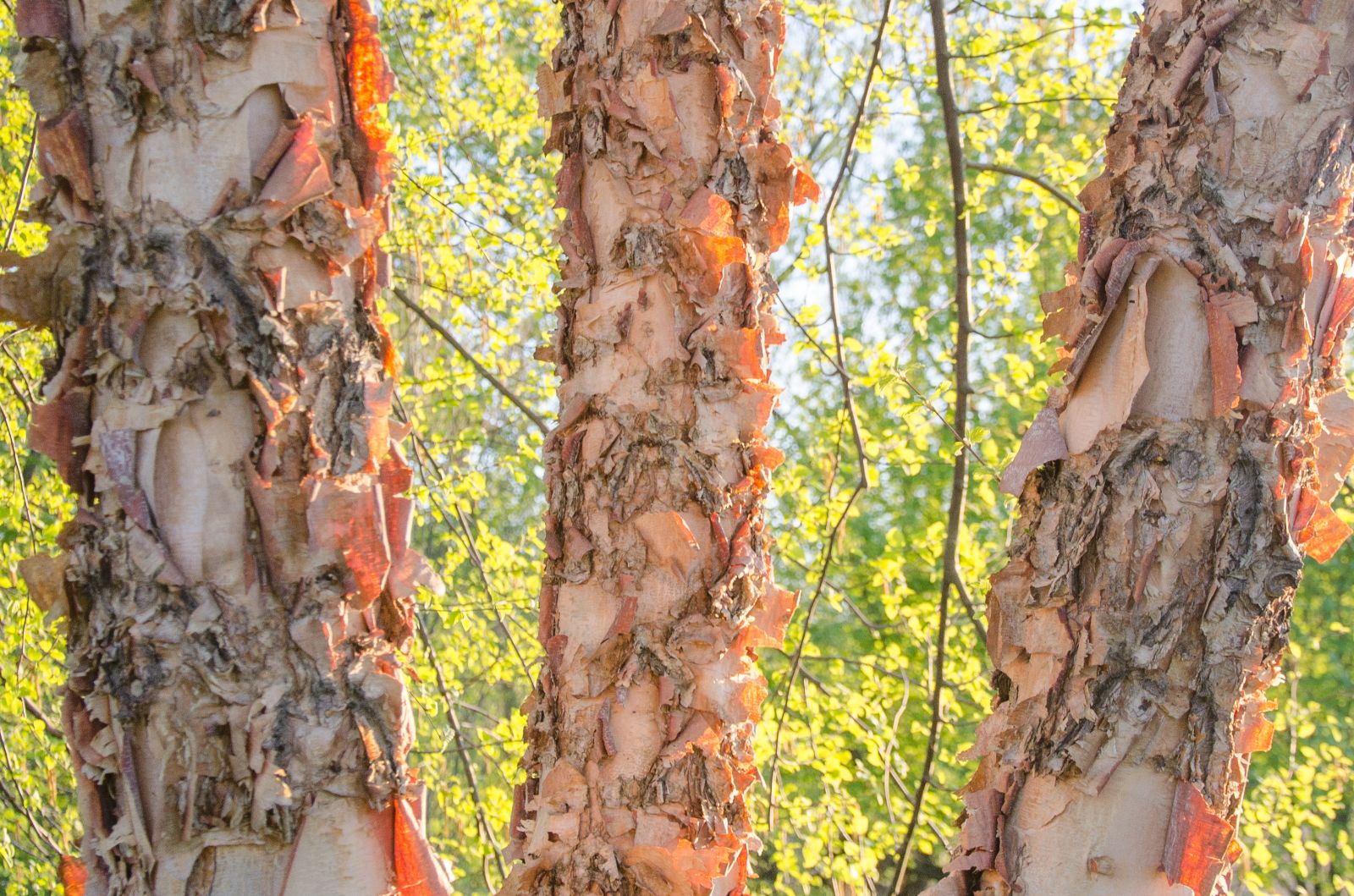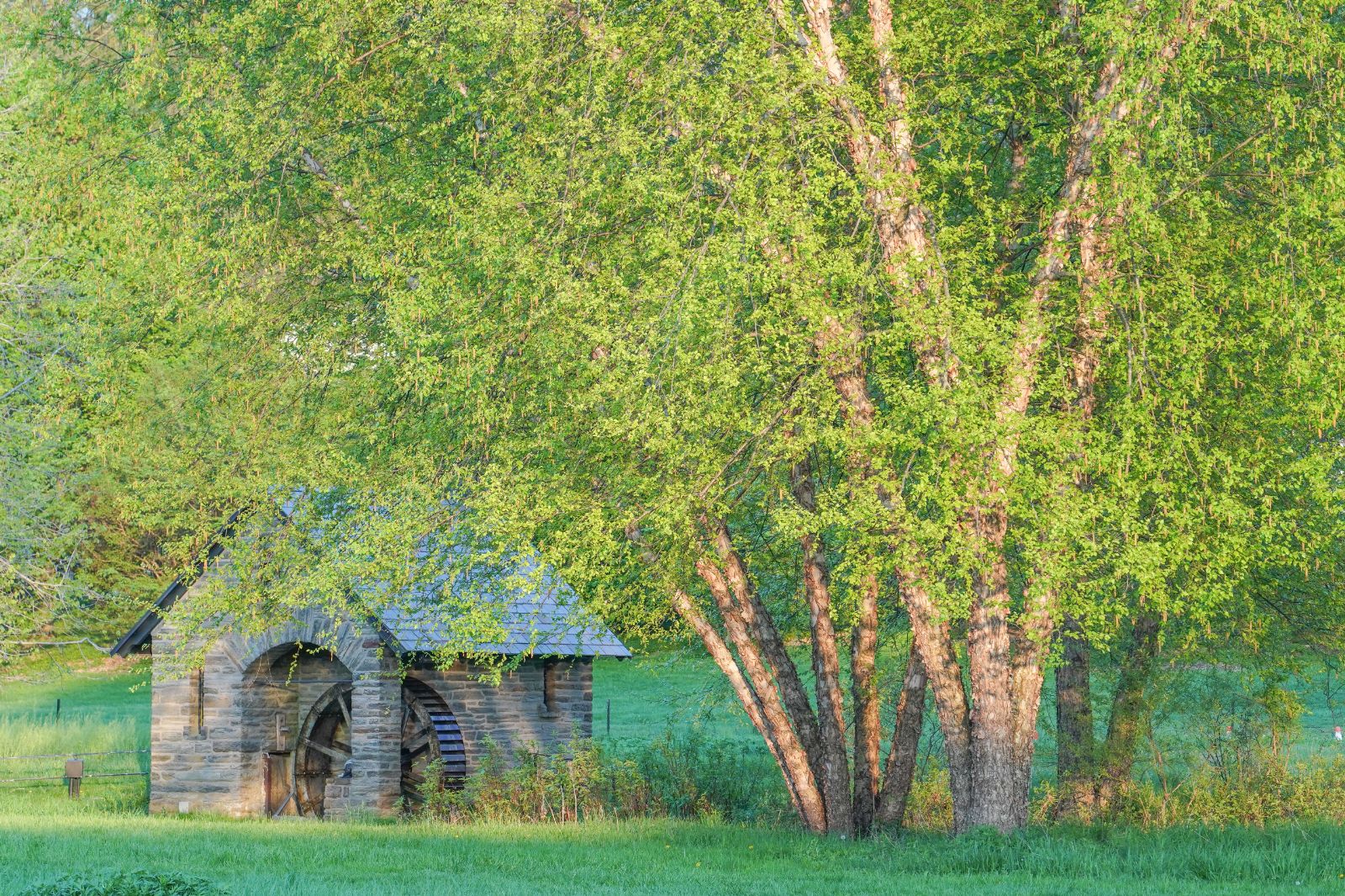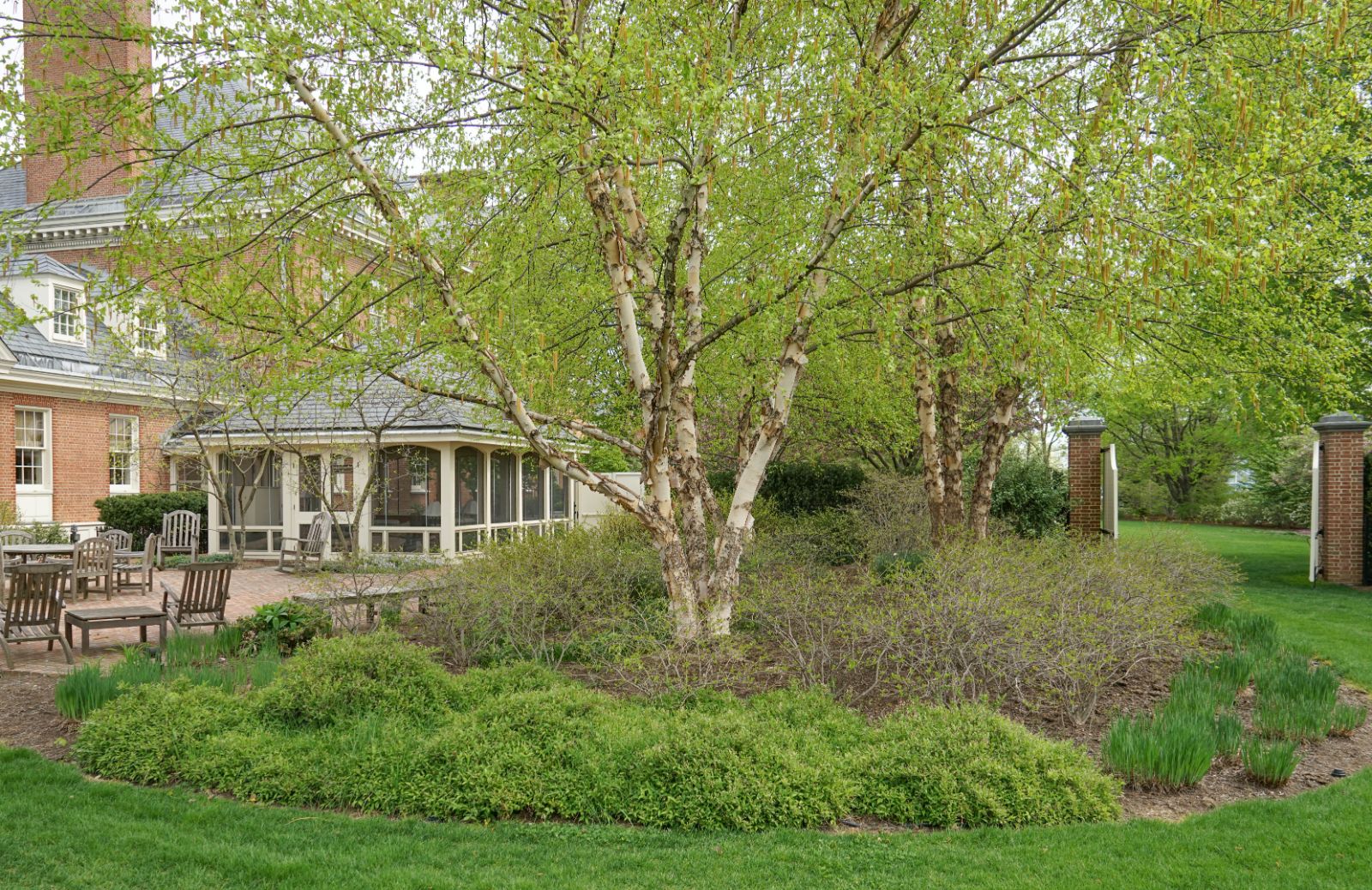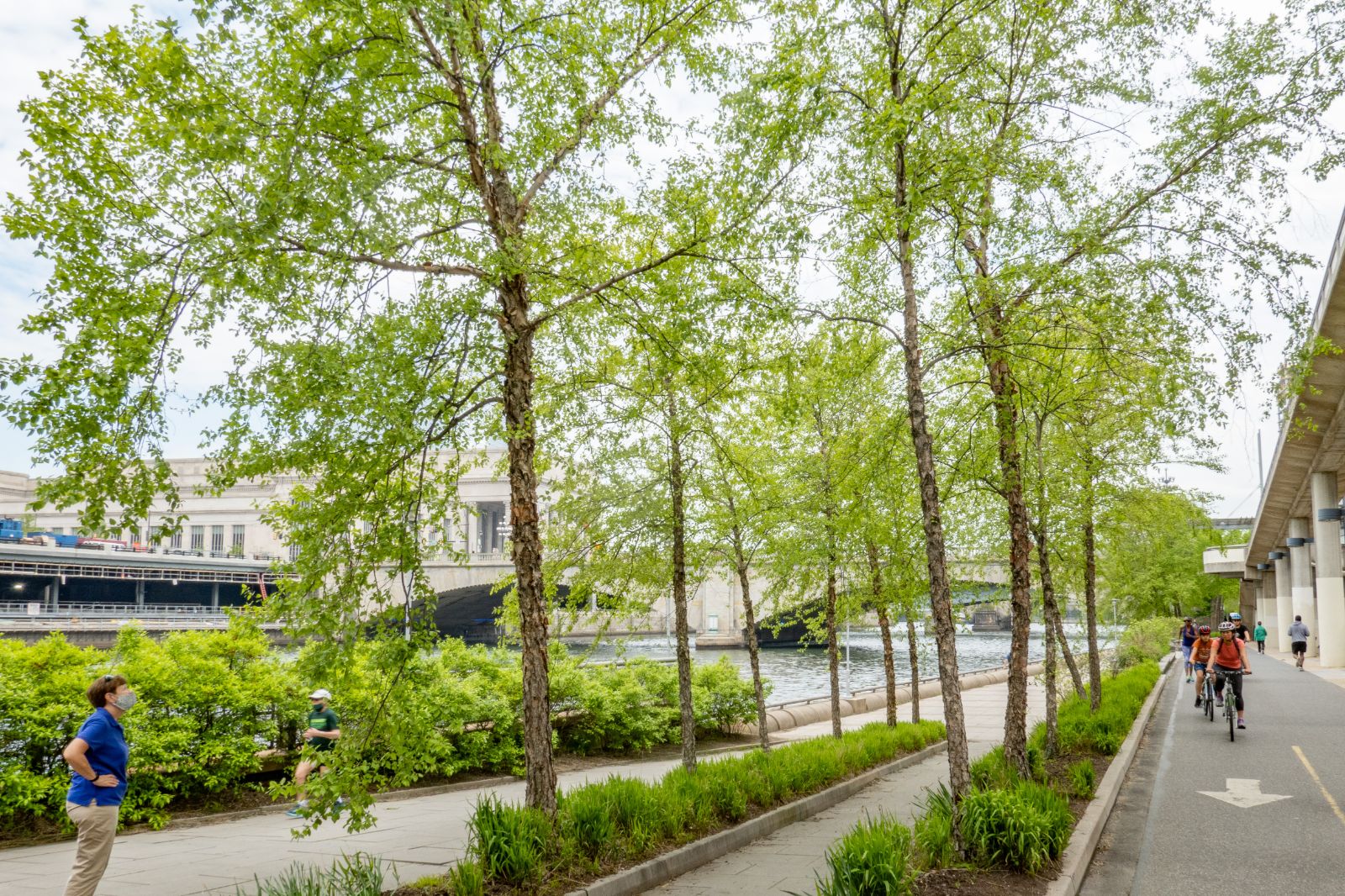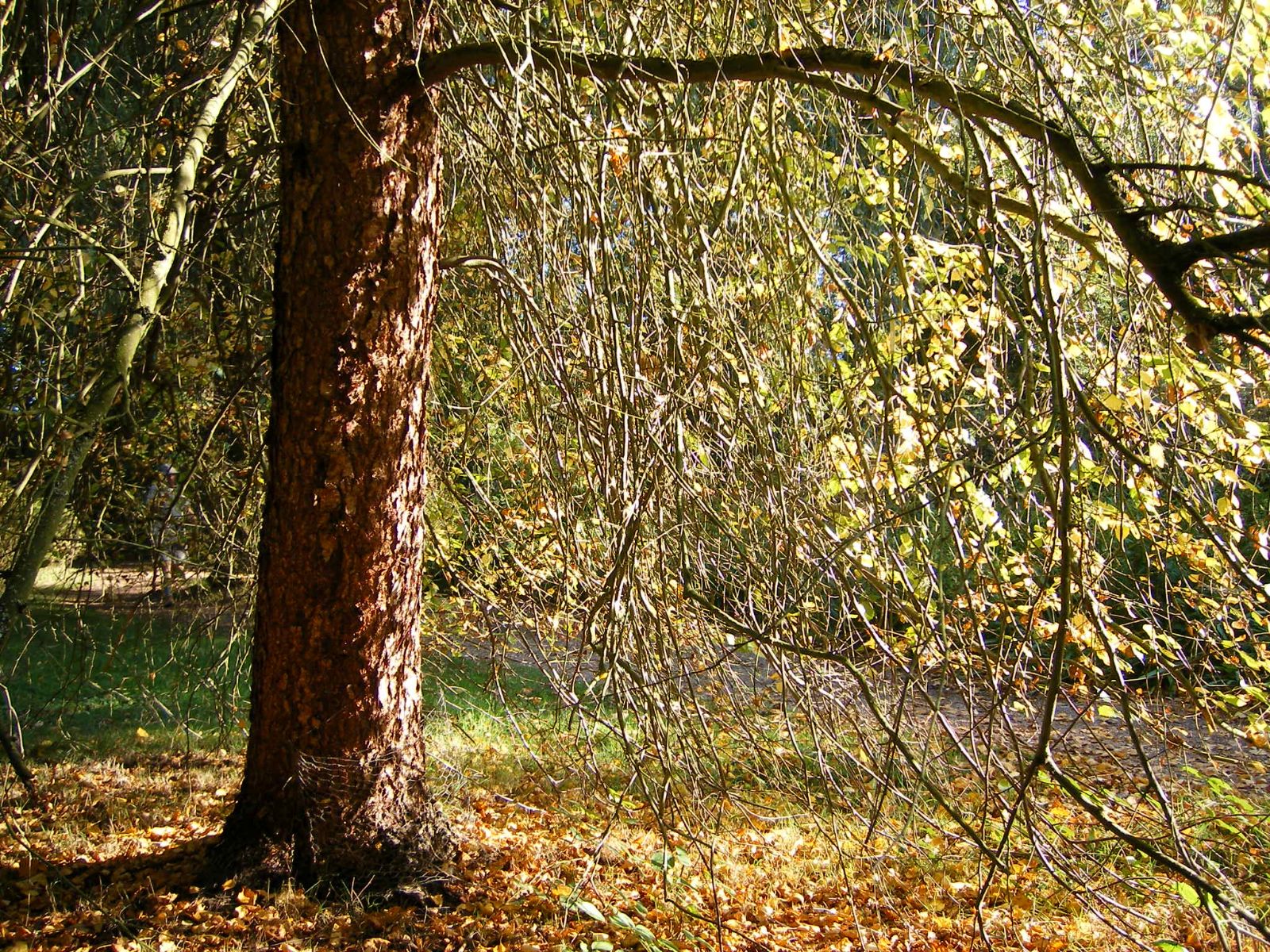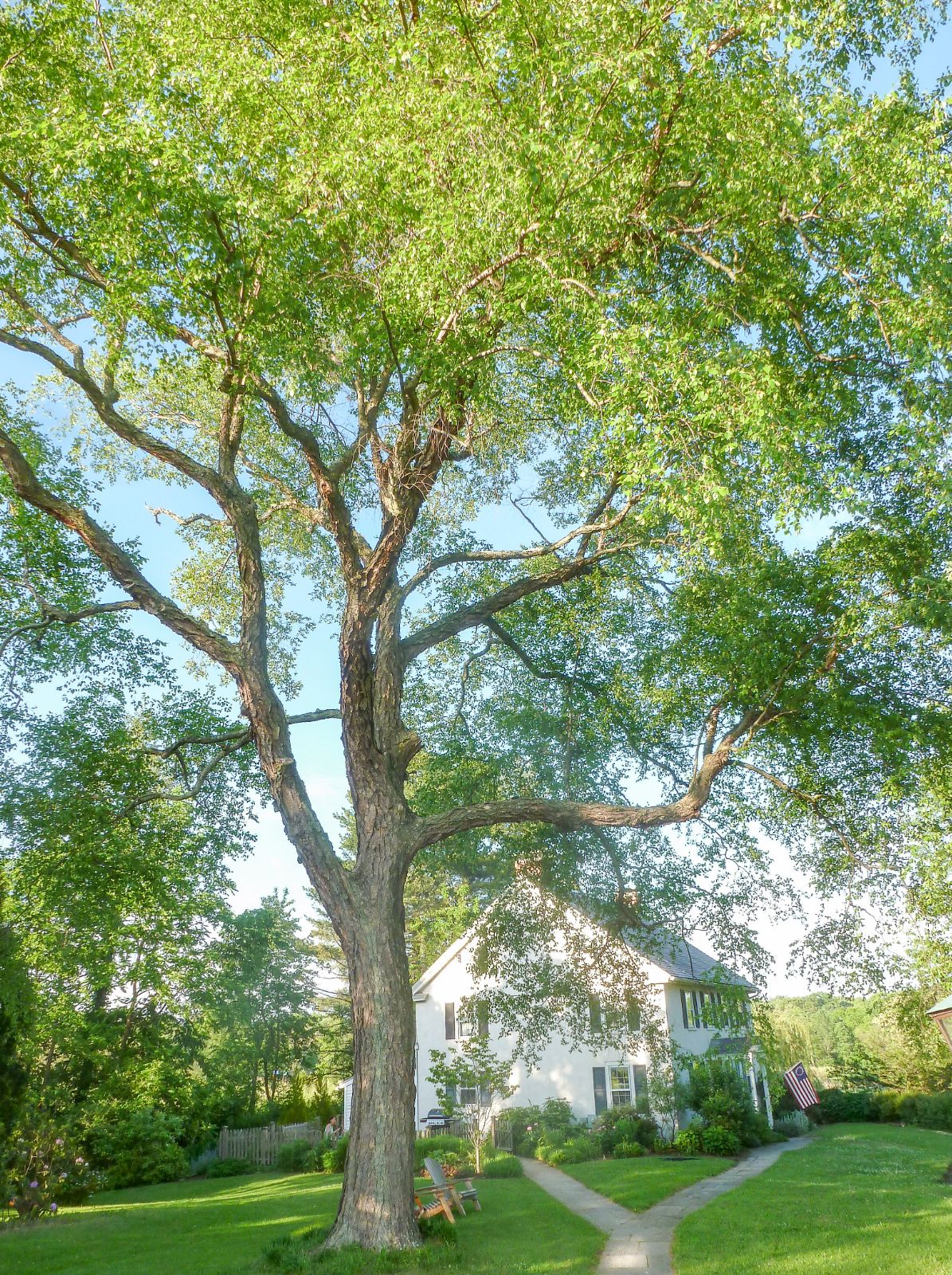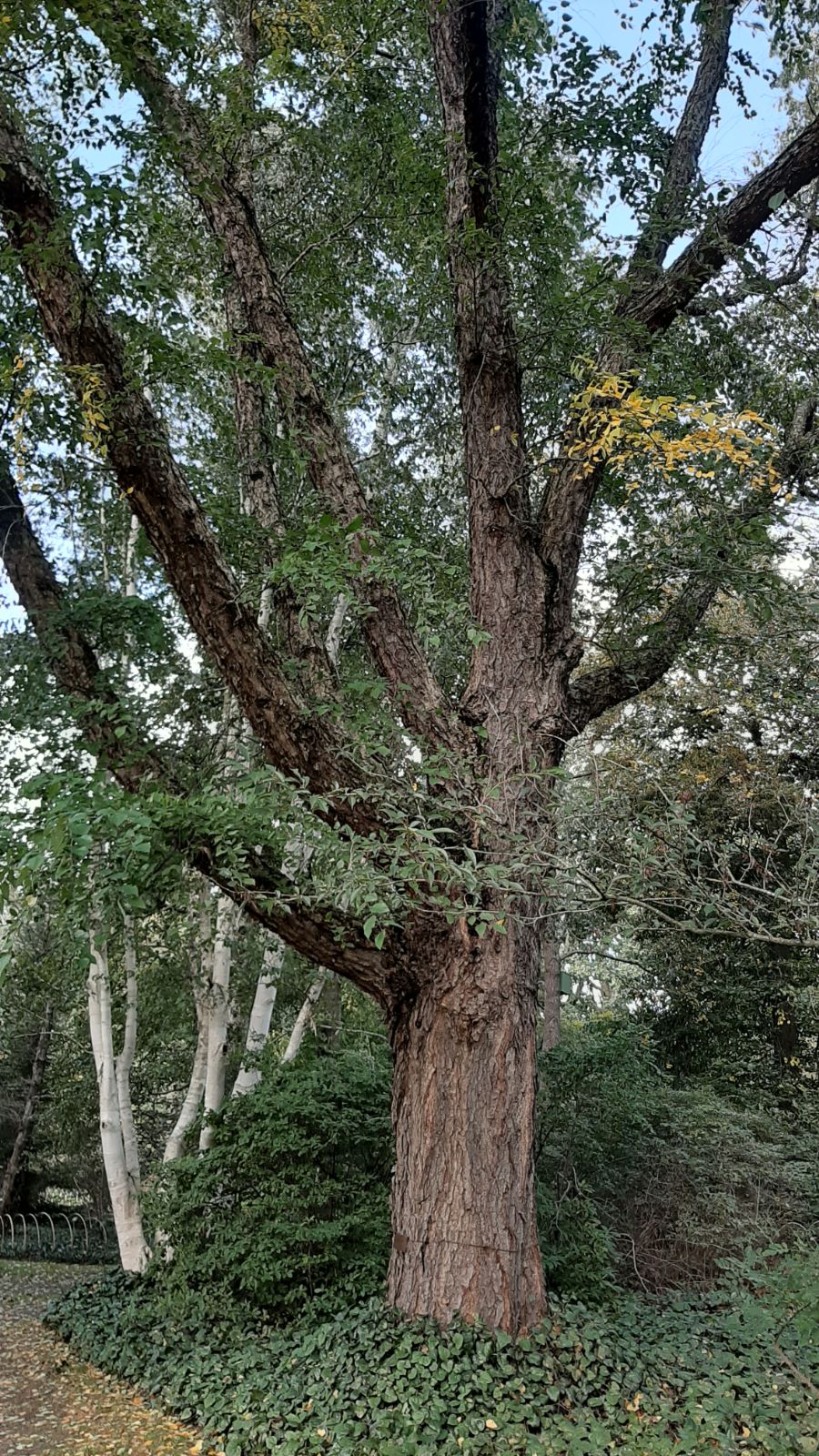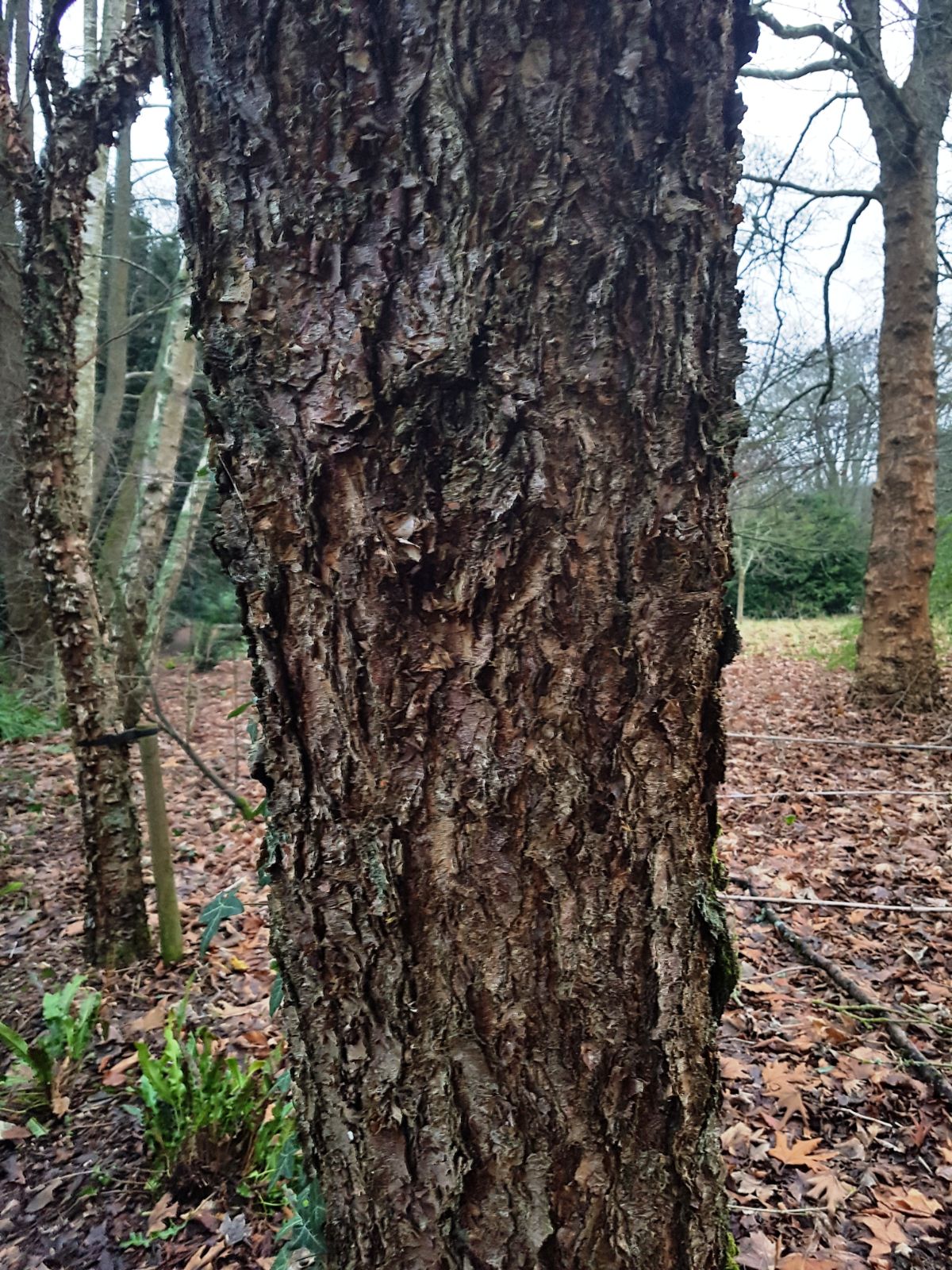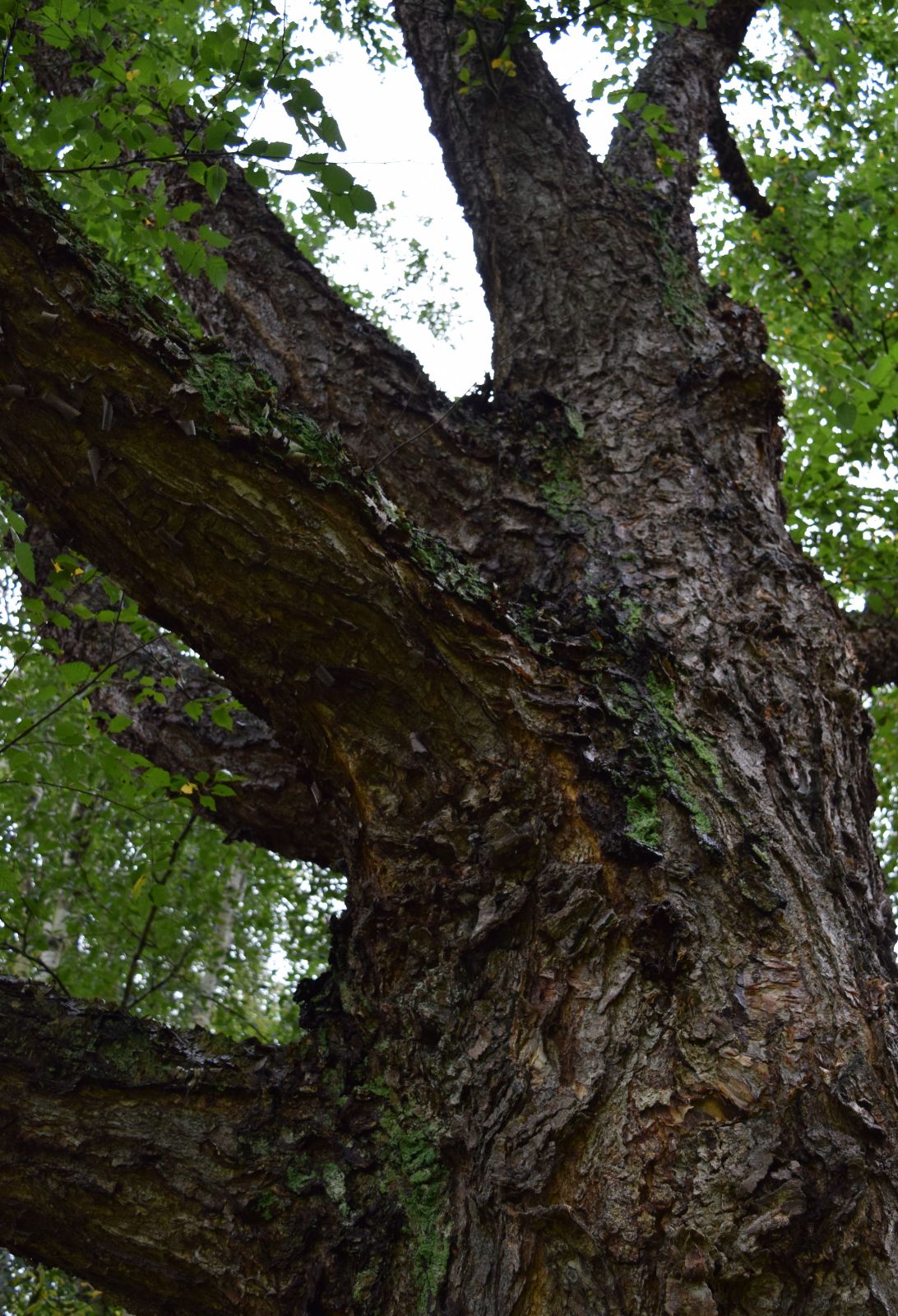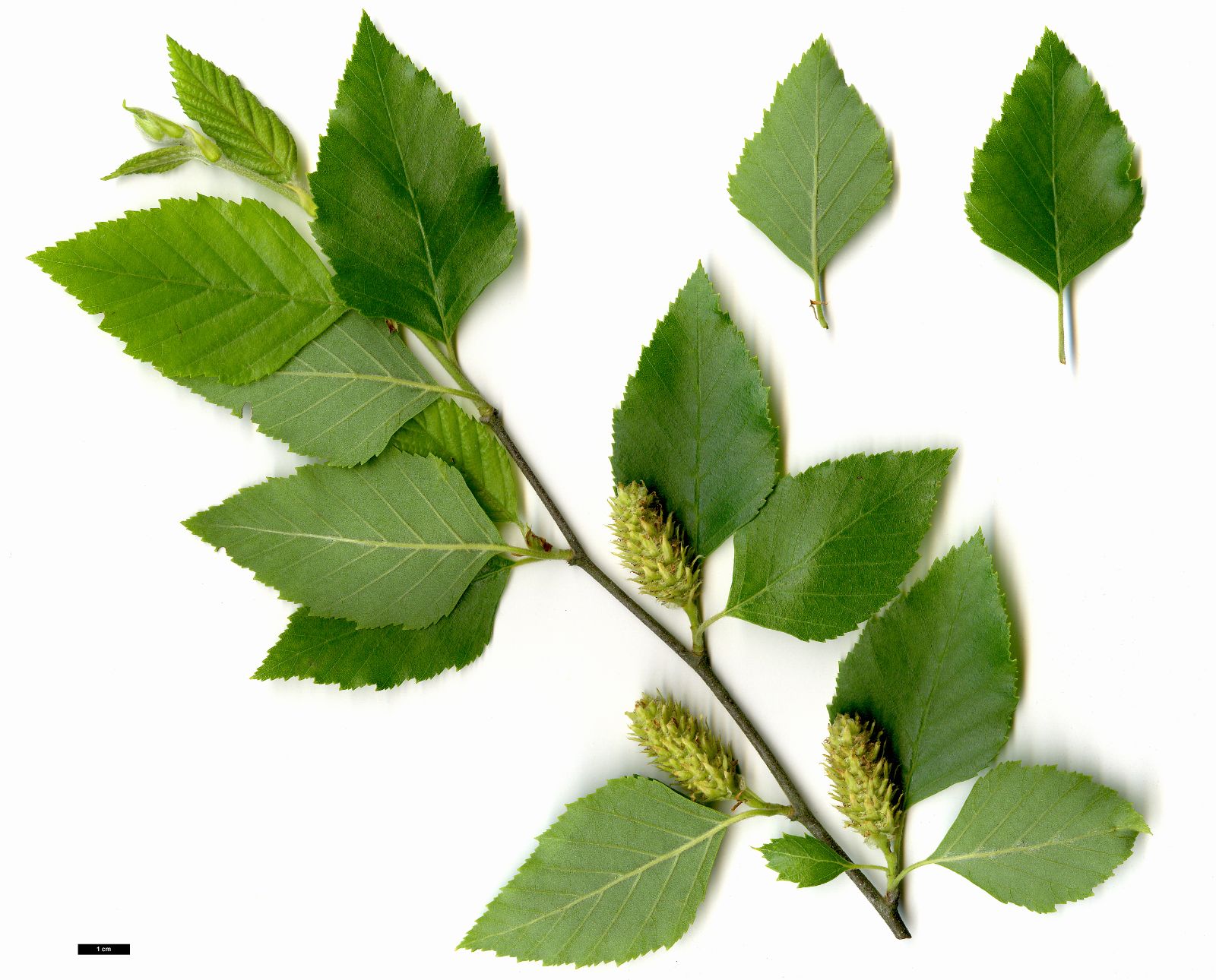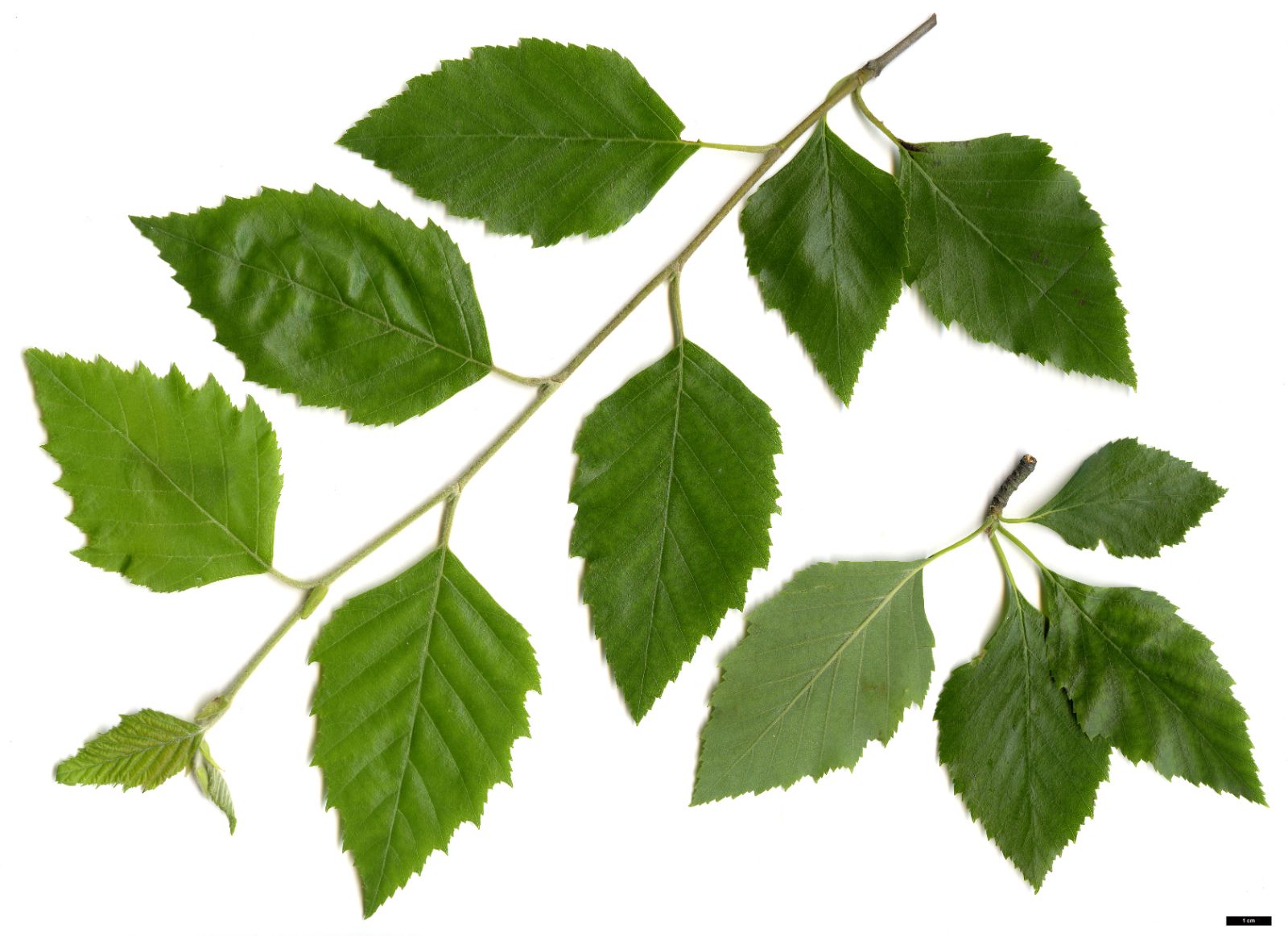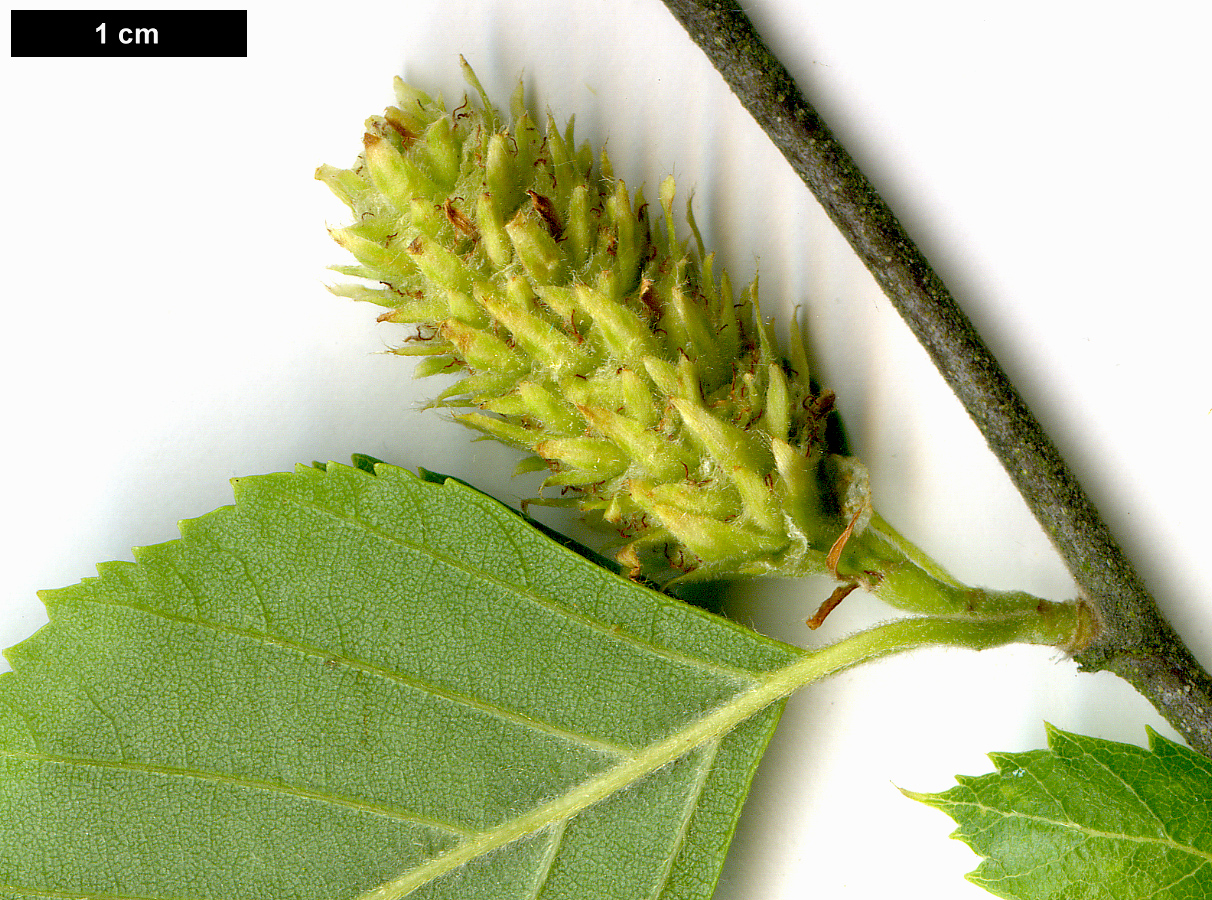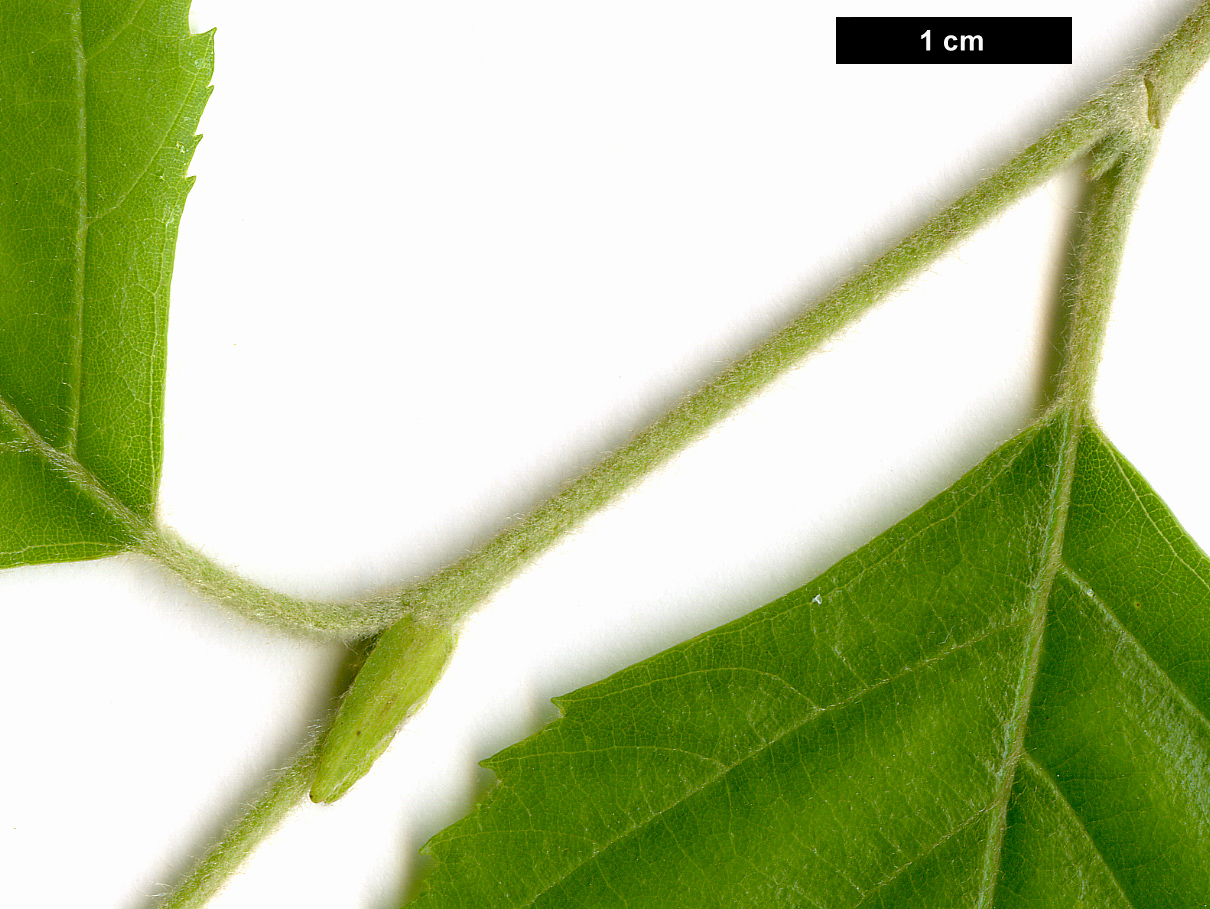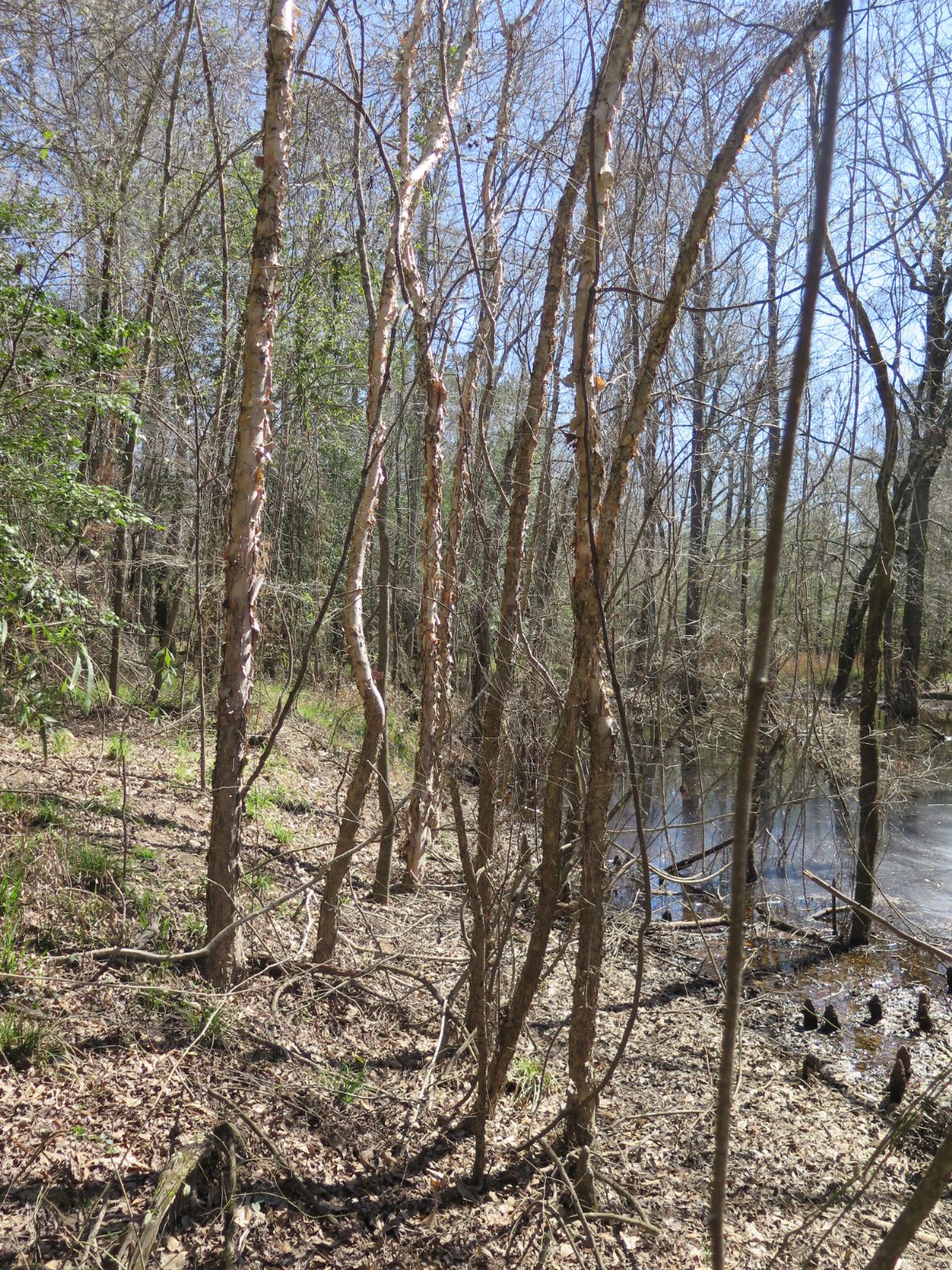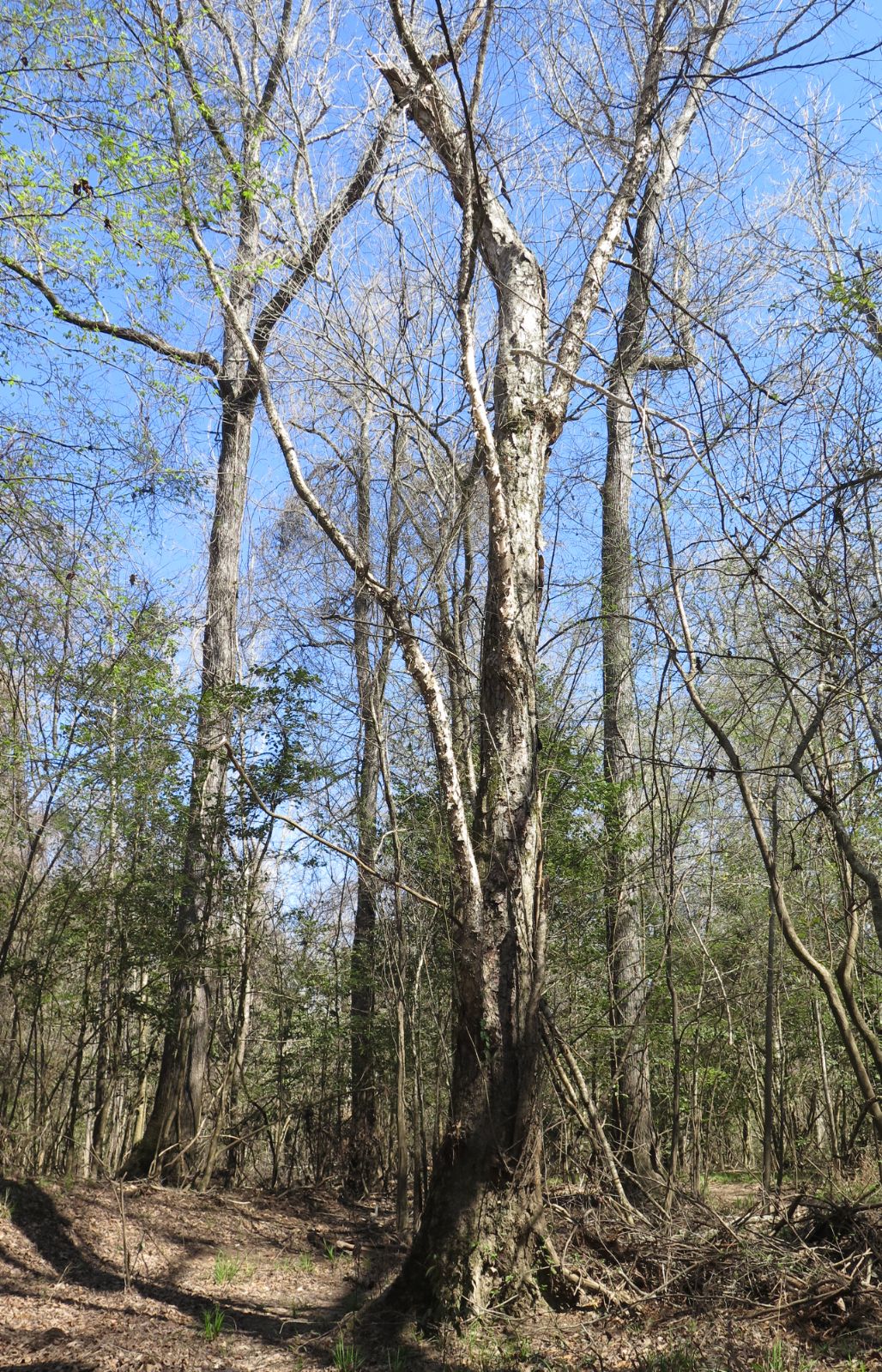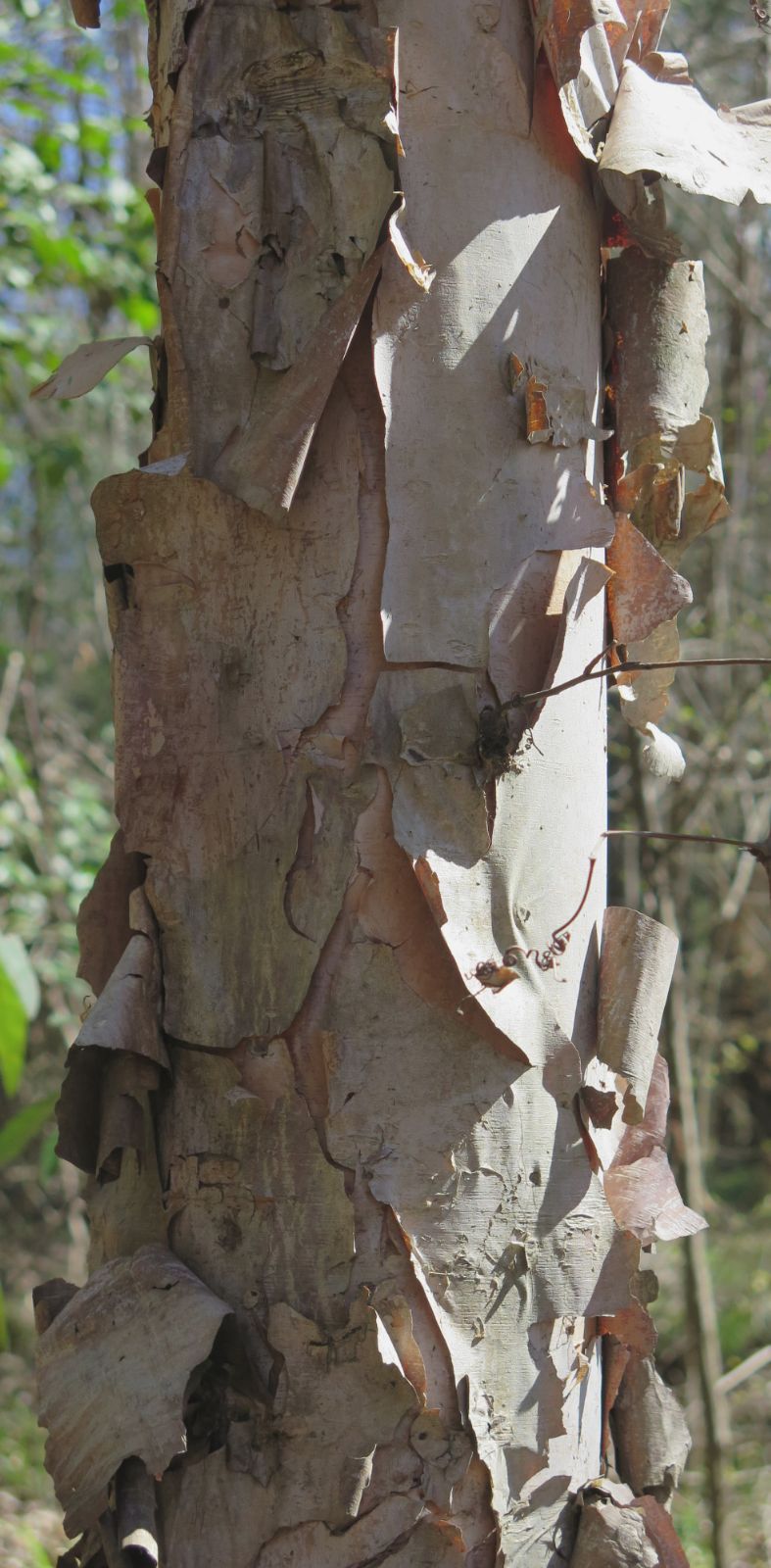Betula nigra
Credits
Article from Bean's Trees and Shrubs Hardy in the British Isles
Recommended citation
'Betula nigra' from the website Trees and Shrubs Online (treesandshrubsonline.
Other taxa in genus
- Betula albosinensis
- Betula alleghaniensis
- Betula × aurata
- Betula bomiensis
- Betula × caerulea
- Betula chichibuensis
- Betula chinensis
- Betula coerulea-grandis
- Betula cordifolia
- Betula corylifolia
- Betula cylindrostachya
- Betula davurica
- Betula delavayi
- Betula ermanii
- Betula forrestii
- Betula glandulosa
- Betula globispica
- Betula grossa
- Betula humilis
- Betula insignis
- Betula jacquemontii
- Betula lenta
- Betula luminifera
- Betula lutea
- Betula mandshurica
- Betula maximowicziana
- Betula medwediewii
- Betula nana
- Betula neoalaskana
- Betula occidentalis
- Betula papyrifera
- Betula pendula
- Betula platyphylla
- Betula populifolia
- Betula potaninii
- Betula pubescens
- Betula pumila
- Betula raddeana
- Betula schmidtii
- Betula szechuanica
- Betula tianschanica
- Betula × utahensis
- Betula utilis
A tree of pyramidal form 50 to 90 ft high, with a trunk often forked low down and, like the older branches, covered with large flakes of curling, blackish bark, which gives it a picturesque ruggedness of aspect seen in no other species except B. davurica; bark of young trees whitish; young shoots furnished with pale, round warts, and very downy. Leaves diamond-shaped to ovate, always wedge-shaped at the base, pointed, 11⁄2 to 31⁄2 in. long, 3⁄4 to 21⁄2 in. wide, conspicuously double-toothed or small-lobed; glossy green above, glaucous beneath; downy only on the midrib and chief veins, finally glabrous above; veins in six to nine pairs; leaf-stalk downy, 1⁄4 to 1⁄2 in. long. Male catkins 2 to 3 in. long. Fruiting catkins 1 to 11⁄2 in. long, 1⁄2 in. thick, erect; scales downy.
Native of the eastern United States; introduced by Peter Collinson in 1736. This is one of the most striking of birches, and its dark rugged trunk contrasts remarkably with those of our native and other white-barked species. Although the trunk is sometimes undivided, a characteristic feature of the tree, both wild and cultivated, is its division low down into two or three erect limbs. In the south-eastern United States this birch inhabits the banks of ponds and watercourses, often where the ground is inundated for several weeks at a time. Sargent remarks that the seeds ripen early in the summer, and fall when the water is at its lowest; they immediately germinate in the moist, rich soil, and thus secure a foothold by the time the waters return. It thrives quite well in ordinary soil; at Kew a tree reached a height of 60 ft far away from any water. At the present time there are examples 30 to 40 ft high by the lake in the R.H.S. Garden at Wisley, Surrey; in Windsor Great Park; in the Chandlers Ford nursery of Messrs Hillier; and in the Winkworth Arboretum, Godalming, Surrey. A row of six has been planted in a street at Horsell, near Woking, Surrey, the tallest about 30 ft high.

